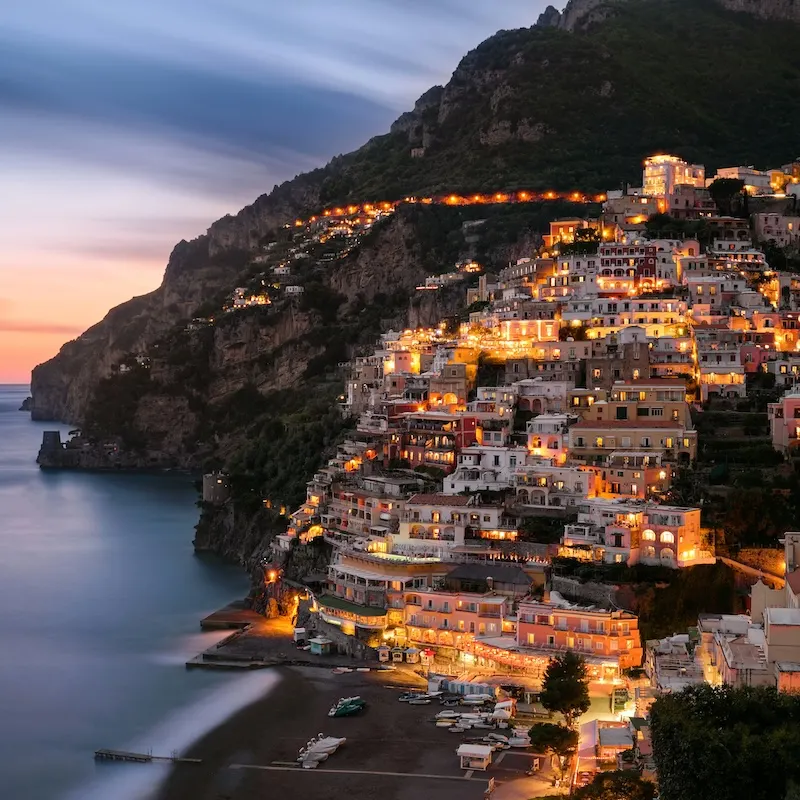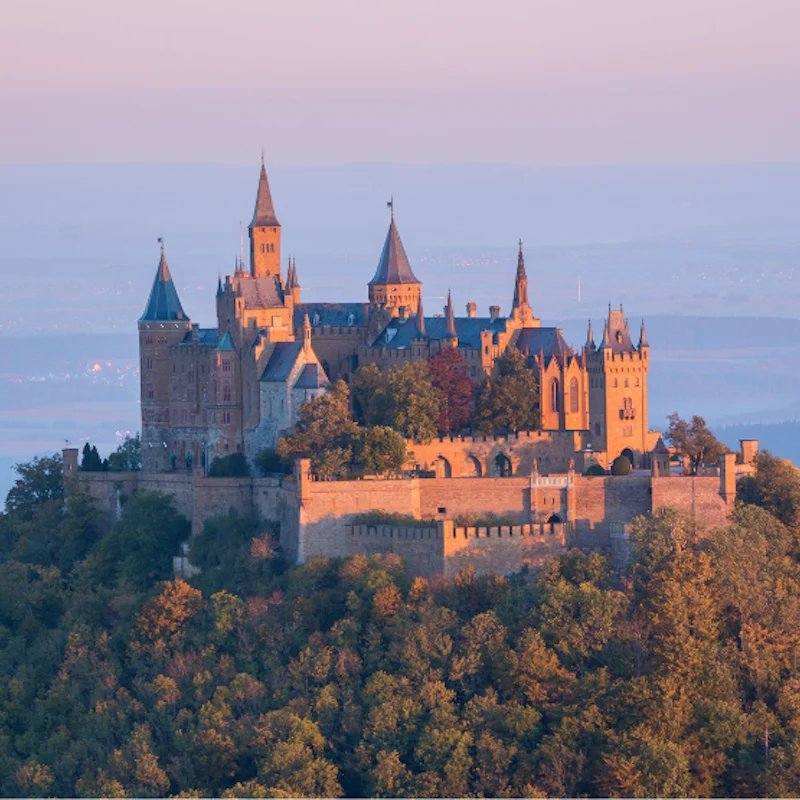The Best Things to do in Rome that Aren’t Touristy
Sarah Pardi - October 28, 2025
Home > Travel Ideas & Inspiration > The Best Things to do in Rome that Aren’t Touristy
Share this post
Rome is filled with famous things to see and do, like the Colosseum and the Trevi Fountain. But what if you're interested in the lesser-known parts of Rome?
Perhaps you've already been to this ancient city and seen the main sights before, or maybe you're looking to add to the agenda you've already put together, but need some inspiration.
Whatever the reason, we've been in the travel industry for more than 15 years and have a list of the best things to do in Rome that aren't as touristy.
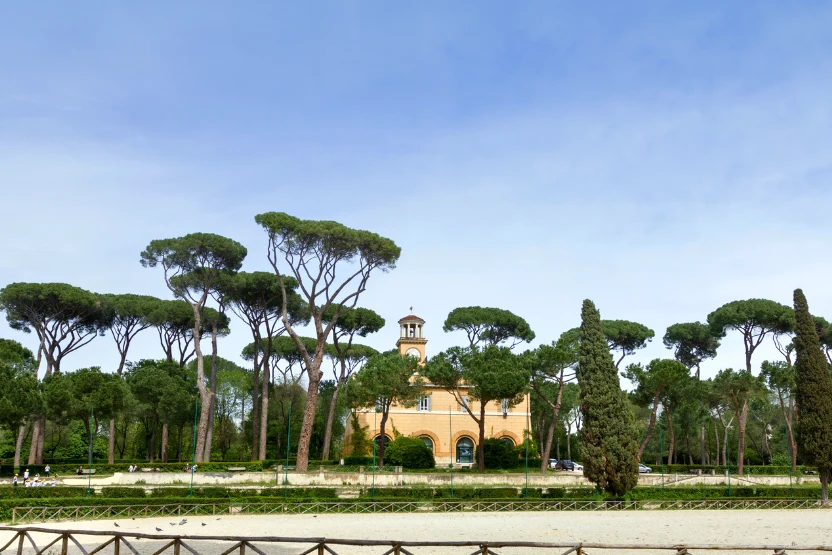
The Villa Borghese Gardens
The Villa Borghese Gardens is one of Rome's big public parks. There are statues, fountains, and well-maintained gardens that anyone can stroll through for a little reprieve.
People who review it online often point out the fact that it is more tranquil than the busy streets of the city, and that it is really nice for having a little outdoor lunch or even a walk.
This garden was the stomping grounds for Pope Paul V's nephew. There used to be an aviary and a zoo here, but those have since closed and moved on.
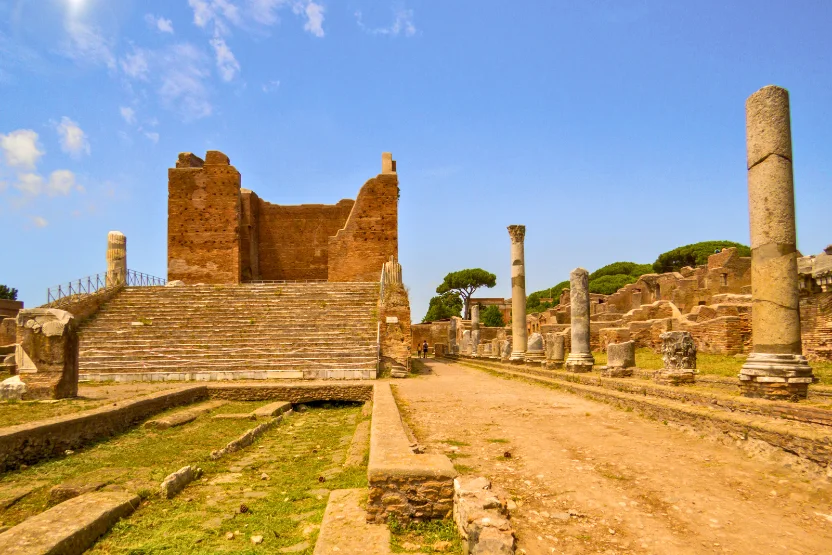
The Ostia Antica ruins
Ostia Antica is an ancient city just outside of Rome, on the sea. While it's a little bit out of town, it's worth the trip. There are tons of fascinating old things to see, like bath houses, mosaics, and temples that are still standing today.
It feels like a "mini-Pompeii", but without the crowds, so it is really easy to set foot on the grounds and picture what day-to-day life would have been like for the Romans who lived here.
A couple of the highlights in the ruins are fast-food counters that still exist (with their fresco menus) and communal latrines with side-by-side seating.
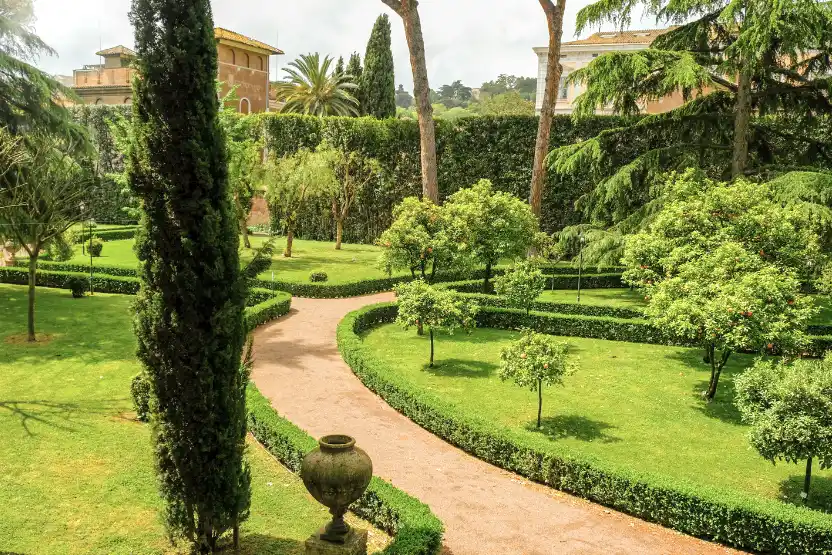
The Villa Farnesina
In the Trastavere neighborhood of Rome, Villa Farnesina is a villa that was built in the Renaissance period.
In one of the rooms, there is a huge painted ceiling (by the master, Raphael) that you can take pictures of or just look at in awe.
It depicts the love story of Cupid and Psyche (if you're not familiar with it, you should look it up. It's a really good story).
Counting down to Rome...
Make sure you have Italian travel insurance
One fun fact about this villa is that it was built by a really rich banker named Agostino Chigi. One day, he wanted to show off just how rich he was, so he threw tons of his own silverware into the river at a banquet. The funny part? He had people with nets collect it all later.
Antics have truly been around for all of humanity.
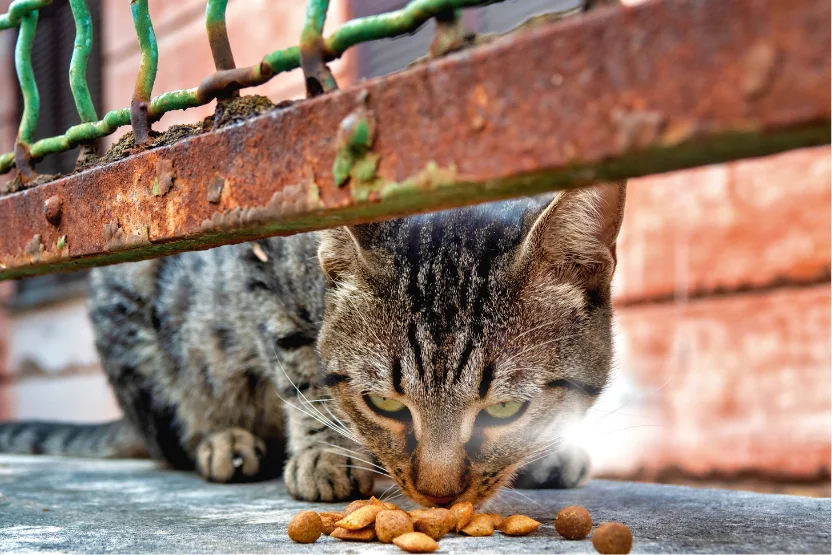
The cats of Largo di Torre Argentina
You'll find this option interesting for a couple of reasons. One, it is the infamous site where Caesar was assassinated. Two, it is now a sanctuary for cats.
Dozens of cats call Largo di Torre Argentina home, napping among the ruins and stretching out in the sun. Locals make sure to feed and watch over the cats who call this place home.
These cats are treasured in Rome, and even by famous celebrities and personalities. French actress Brigitte Bardot even donated to the sanctuary at one point.
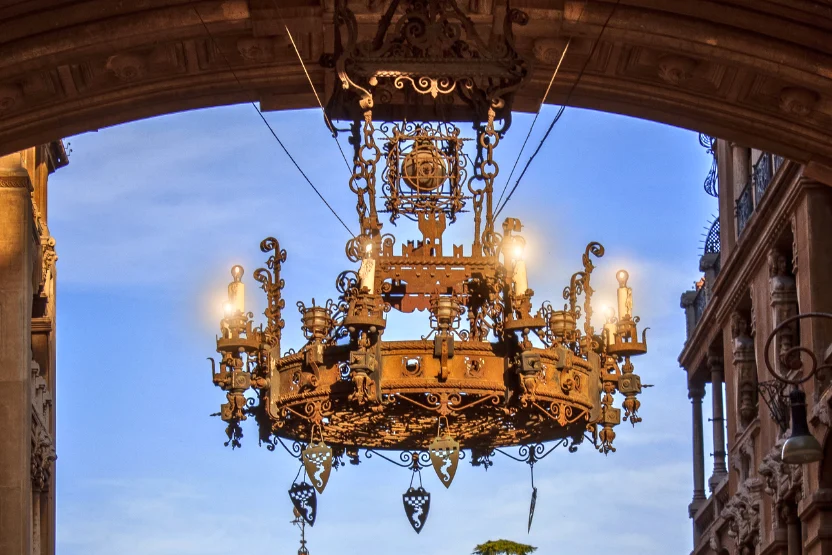
Rome's Quartiere Coppedè
This isn't specifically one sight to see, but instead a neighborhood that you should explore. The architecture in this part of the city is unique and stunning.
People often say it looks like a fairytale come to life, or even a movie set. This is because the neighborhood has a distinctive blend of baroque, gothic, and art nouveau aesthetics all mixed together.
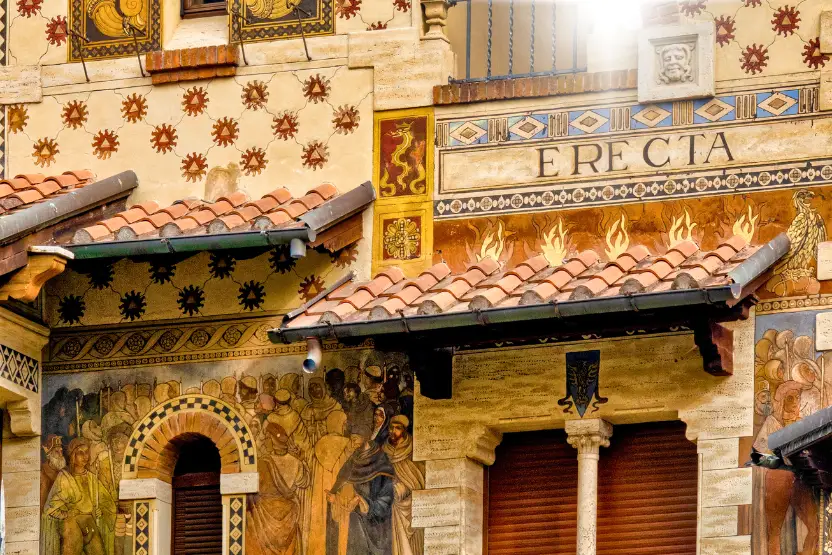
Much of it was designed by architect Gino Coppedè (hence, the name), who threw in a lot of quirky elements, like spiders (not real ones, thank God) and chandeliers.
This is also the neighborhood where the Beatles allegedly jumped into a fountain after a concert (the Fountain of Frogs).
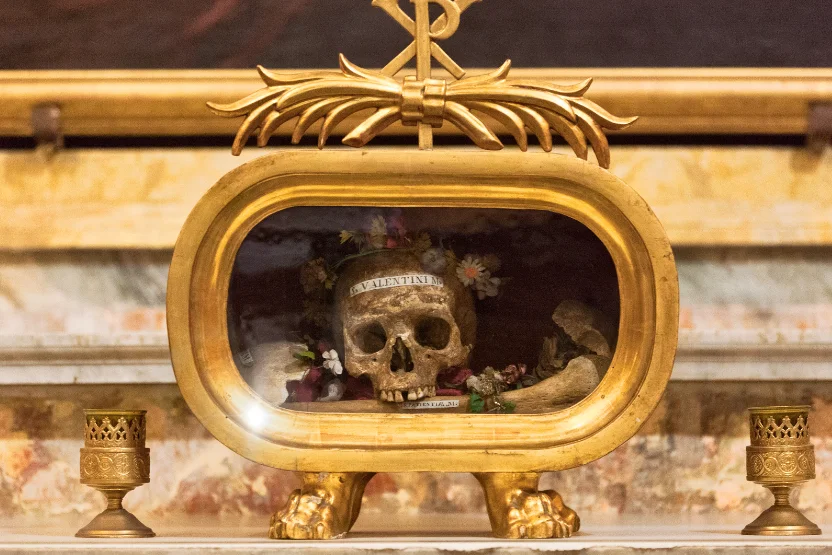
Saint Valentine's skull
You can find Saint Valentine's skull (yes, the real Saint Valentine) in the Basilica of Santa Maria.
It's definitely a mix of morbid curiosity and romance, seeing St. Valentine's skull in person, decorated with a crown of flowers.
Now, it is important to know that there are several churches that claim to have St. Valentine's remains, and this is one of them.
While you're at this church, you can kill two birds with one stone, as this is also where you'll find The Mouth of Truth (which was featured in a scene in Roman Holiday, a famous Audrey Hepburn film. If you haven't seen it, your weekend plans just changed).
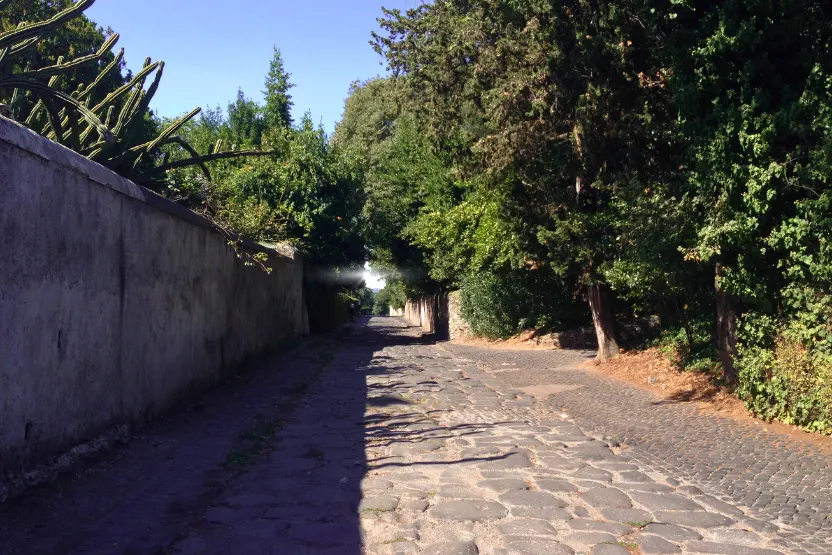
The ancient Via Appia
Via Appia, or Appian Way, is a must for anyone interested in Ancient Rome. This is the existing portion of Rome's first and most important highway.
Strolling along it, you'll pass ancient aqueducts, tombs, catacomb entrances (catacombs are under this road), and more.
You can even rent bikes and ride the Via Appia.
The road has centuries of fascinating history tied to it. It's where Spartacus and 6,000 of his followers were crucified after they tried to revolt and failed.
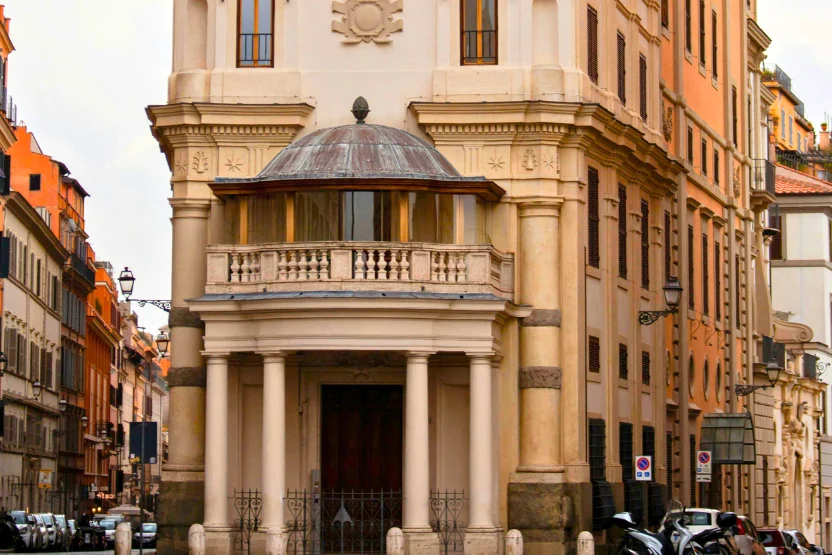
Zuccari Palace
In the middle of a couple of Roman streets, you'll find the Zuccari Palace. It's from the Baroque era and has a blend of Spanish and Italian architecture.
It's most famous for its doors and windows, which are designed to look like you're entering the mouth of a monster (those doors are on the side of the building, not the main entrance).
The architect chose this design to "scare off unwelcome visitors".
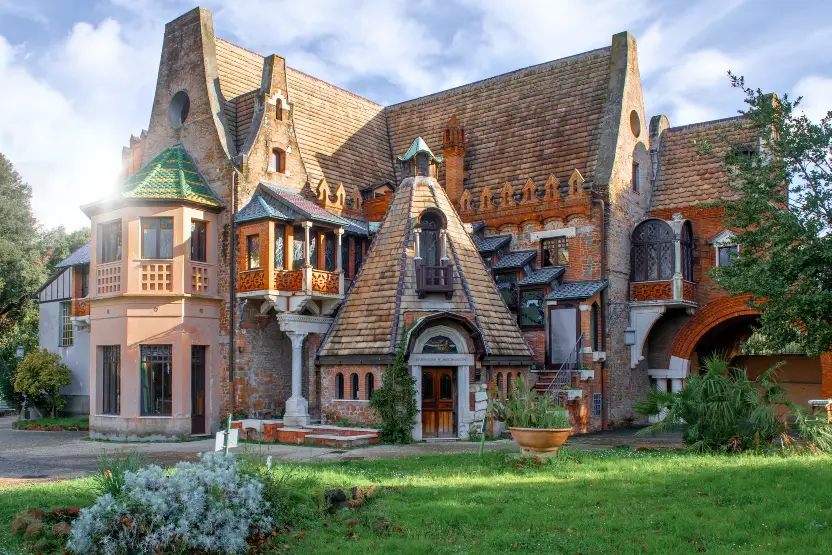
Casina delle Civette
Italian for "The House of Owls", Casina delle Civette is one of the most unique buildings you will likely ever see. It is decorated with some of the most seemingly random designs, like dragons and stained glass owls. Ok, maybe the owls aren't so random. It is called Casina delle Civette, after all.
At one point in Rome's very deep history, the Torlonia princes existed, and they were Rome's richest family. This house was one of theirs.
During WWII, Mussolini's family lived here.

Pons Fabricius
This bridge was built in 62 BCE!
That alone is reason to stop by and take a look, or run your hand across the ancient stone. After more than 2,000 years, you can still walk across this bridge, the same one that Ancient Romans crossed so many centuries ago.
This is the oldest functioning bridge in Rome.
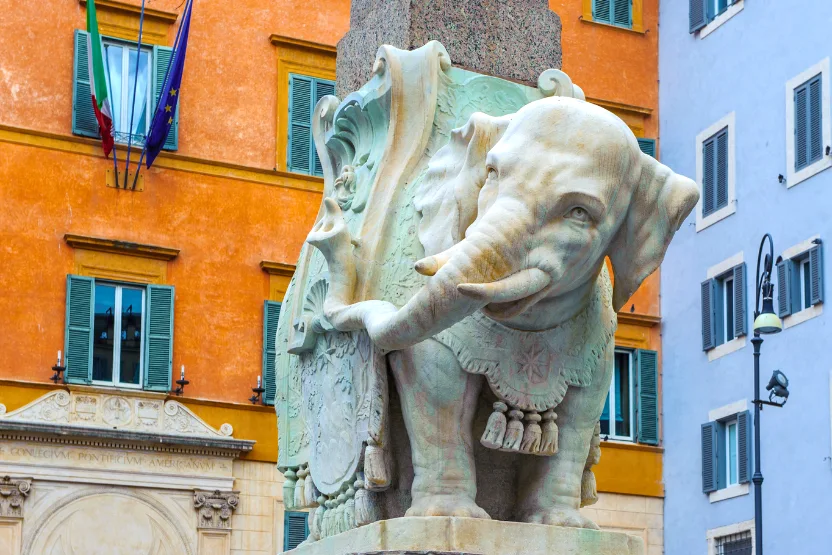
The Elephant and Obelisk
It isn't big, but it is beautiful. Located in the Piazza della Minerva, this elephant with an obelisk on its back is a local favorite, as there really isn't anything else like it in Rome.
Locals sometimes call it il pulcino della Minerva, which means "Minerva's chick" (like a baby chicken).
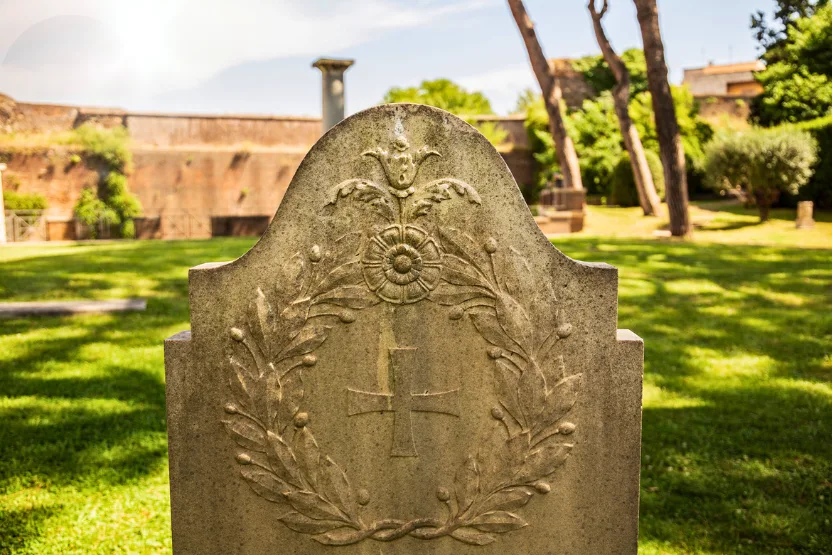
The protestant cemetery
Named "the protestant cemetery" because non-Catholics were buried here, you can find quite a few foreigners here.
Speaking of, the poets Percy Shelley (husband of the writer of Frankenstein's Monster) and John Keats were both laid to rest here.
It's a nice place to have a stroll and see the old tombstones and relics. The cemetery itself is filled with beautiful cypress trees, and local cats roam freely.
What is more picturesque than that?
Planning to spend Christmas in Rome? Learn all about what to expect in our Rome Christmas Guide.
Related posts
Upcoming travels ? Get Insured !
Find the right insurance for your trip by using our powerful comparison tool!
Sarah Pardi - December 19, 2025
Sarah Pardi - December 12, 2025
Sarah Pardi - December 11, 2025
Sarah Pardi - December 4, 2025


